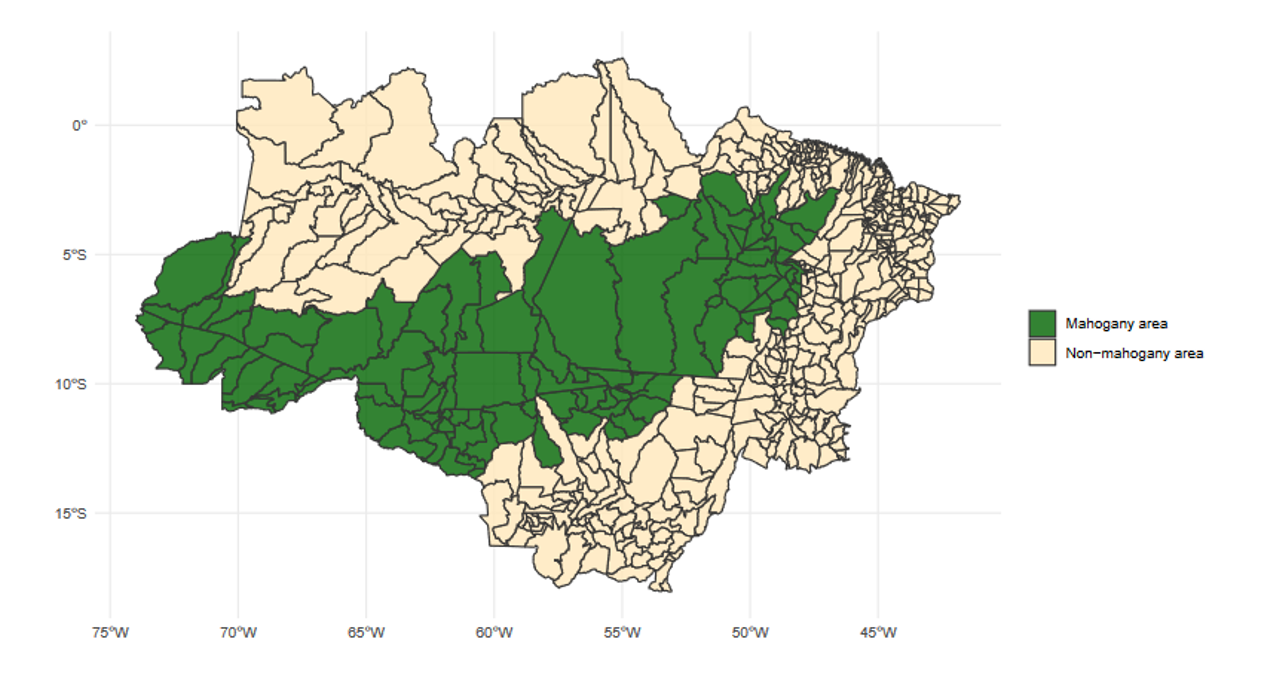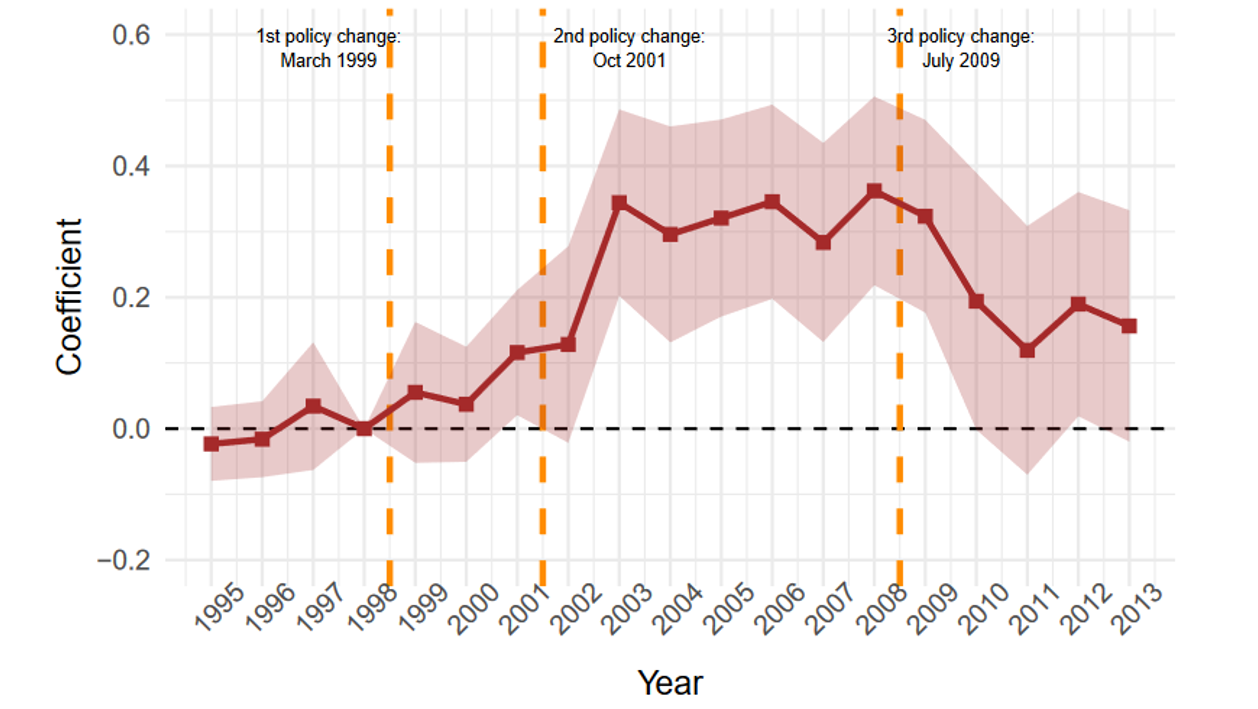
Evidence from the Brazilian Amazon shows that the mahogany market's shift from legal to illegal has increased modern slavery and highlights the need for strong government monitoring.
The 1948 Universal Declaration of Human Rights firmly declared, 'slavery and the slave trade shall be prohibited in all their forms.' Despite this strong stance, the unfortunate reality is that millions continue to suffer from contemporary forms of slavery in the 21st century. This modern form of slavery, as defined by the International Labor Organization (ILO) in Convention No. 29 (1930), encompasses 'all work or service which is exacted from any person under the menace of any penalty and for which the said person has not offered himself voluntarily.' Shockingly, the ILO estimates that around 49.7 million people are living in such conditions today.
The prevalence of modern slavery is notably evident in sectors often linked to illegal activities, such as lumber mills and charcoal mines, where workers from vulnerable backgrounds and disadvantaged regions are trapped in a cycle of exploitation, facing harsh realities of forced labour and increased risks associated with working in illegal markets (Sakamoto 2009). The tendency for illegal markets to depend more heavily on slave labour than legal ones stems from their inherent nature. These markets typically lack formal employment opportunities, resulting in informal labour arrangements, particularly in rural and impoverished areas. Additionally, the use of violence and death threats is common in these settings. Research by Chimeli and Soares (2017) underscore these consequences, such as the rise in homicides following the closure of markets like the mahogany trade. However, there remains a significant gap in empirical research exploring how the illegality of a market impacts workplace dynamics and the extent to which it contributes to forced labour situations.
In recent research, we were able to estimate the causal impact of market illegality on the prevalence of modern slavery by revisiting the mahogany market bans in Brazil (Araujo et al., 2024). The mahogany market in Brazilian Amazon offers a valuable context for studying the relationship between illegal markets and modern slavery. This significance stems from the Brazilian government's progressive implementation of bans, culminating in the complete shutdown of the market, which, in spite of this, persisted as an illegal operation.
The mahogany market in Brazilian Amazon
Mahogany, predominantly found in the Amazon region, positioned Brazil as a major exporter before the legal market's closure in 2001. The nation accounted for 41% of all mahogany imports to the United States from 1989 to 2001, as per the US Department of Agriculture. The rampant exploitation and ensuing risk of extinction drew the attention of environmentalists, advocating for regulation of the mahogany trade. Given that Mahogany trees require approximately 100 years to reach commercial size in natural forests, the idea of establishing plantations was impractical, leading to increased exploitation of naturally occurring sites.
Figure 1: Geographical distribution of mahogany trees

In response, the Brazilian government initiated regulatory measures in 1994, requiring exporters to secure licenses and submit comprehensive forest management plans for tree extraction. This initial regulation was augmented by export quotas in 1998 and the formation of a working group to audit forest management plans in 1999, which led to the suspension of 85% of operating licenses. The culmination of these efforts was the 2001 prohibition of mahogany extraction, transportation, and trade, effectively dismantling its legal market. Further efforts in 2009 significantly intensified illegal deforestation monitoring and restricted access to rural credit for properties involved in illegal deforestation. This policy, as shown by Assunção et al. (2020), markedly reduced deforestation between 2009 and 2011.
Figure 2: Timeline of mahogany regulation

Despite its illegal status, evidence indicates that mahogany trade persisted post-prohibition. Research by Chimeli and Boyd (2010) reveals that soon after the ban, exports of 'other tropical timber species' surged from negligible to levels comparable to pre-prohibition mahogany exports. This was largely due to exporters mislabeling their products to evade the inadequate port inspection systems. Figure 3 illustrate the export trends of these 'other tropical timber species' before and after the legal market's closure, highlighting a sharp increase in exports from virtually zero to 15,000 tons following the 1999 suspension ban and again after the 2001 full-ban.
Figure 3: Trends in mahogany and other timber species exports

Do illegality affects slave labour prevalence?
To assess the effects of a Mahogany bans on contemporary slavery, we deploy (Araujo et al. 2024) a difference-in-difference (DD) research design to exploit the natural variation of the presence of mahogany trees and the timing of the policy changes. We combine this setting with novel administrative data on labor inspections from the Brazilian Ministry of Labor and Employment.
Figure 4: Effect of mahogany bans on slave labour prevalence

Our difference-in-differences estimates demonstrate that the transition to an illegal market increased the likelihood of labour inspections discovering slave labour in municipalities within the mahogany range. The full-ban policy's point estimate suggests a 30 percentage point increase in the probability of finding slave labour during a labour inspection, relative to the mean. Similarly, the point estimate for the 85% suspension of management plans indicates a 7 percentage point increase in the likelihood of finding slave labour, relative to the mean. This indicates that the more illegal the market becomes, the greater the incentive for market agents to exploit slave labour. Additionally, the results suggest that after 2009, when the government strengthened monitoring, these effects began to diminish. This reality underlines the necessity to strictly monitor these markets.
Policy takeaways
These findings carry significant policy implications, emphasising the critical necessity for comprehensive monitoring mechanisms, especially in regions prone to illegal market activities. The research contributes to the body of knowledge demonstrating that, in certain instances, particularly when surveillance costs are prohibitively high, the advantages of market prohibition may be diminished. Thus, careful consideration must be given when transitioning markets to illegality. Without appropriate surveillance measures in place, this shift could unintentionally fuel labour exploitation and violence.
References
Araujo, D, Y Barreto, D Castro, and R Tigre (2024), “Illegal markets and contemporary slavery: Evidence from the mahogany trade in the Amazon.” Journal of Development Economics, 166: 103177.
Assunção, J, C Gandour, R Rocha, and R Rocha (2020), “The effect of rural credit on deforestation: Evidence from the Brazilian Amazon.” The Economic Journal, 130(626): 290-330.
Chimeli, A B and R G Boyd (2010), “Prohibition and the supply of Brazilian mahogany.” Land Economics, 86(1): 191-208.
Chimeli, A B and R R Soares (2017), “The use of violence in illegal markets: Evidence from mahogany trade in the Brazilian Amazon.” American Economic Journal: Applied Economics, 9(4): 30-57.
Sakamoto, L (2009), Slave Labor in Brazil. Forced Labor: Coercion and Exploitation in the Private Economy, 15-35.




